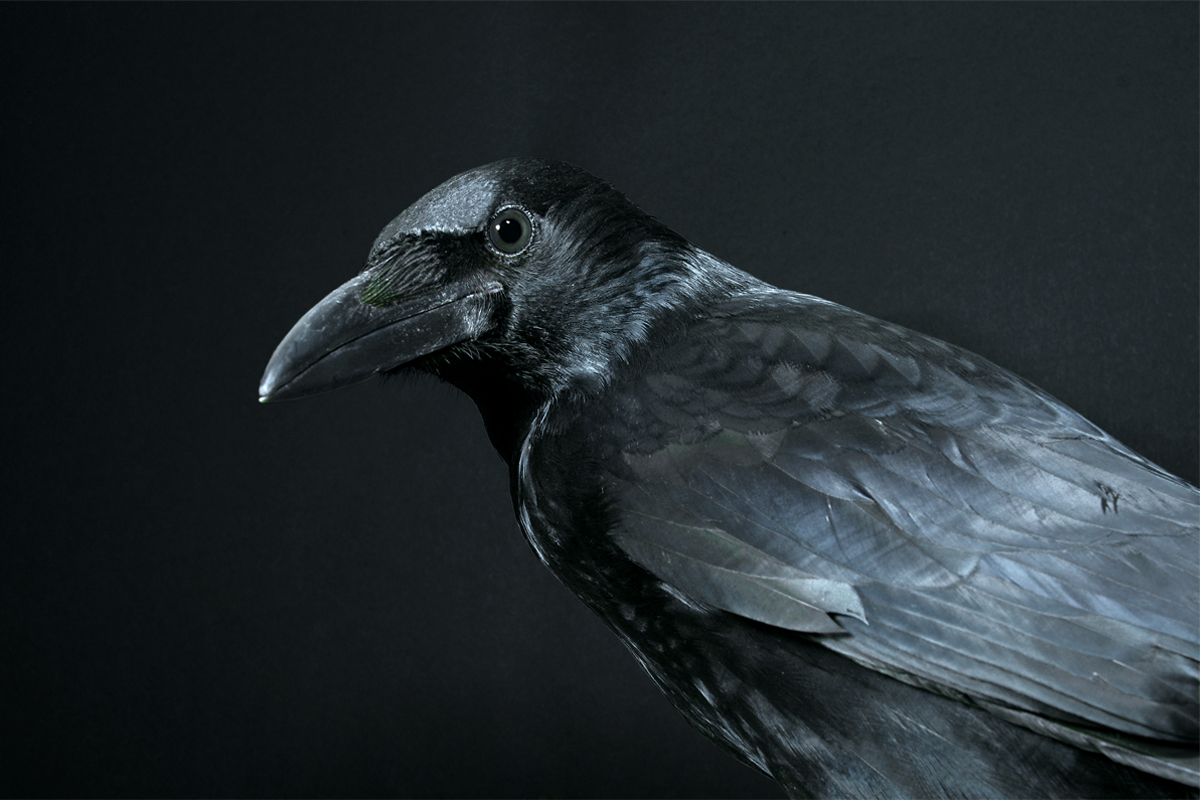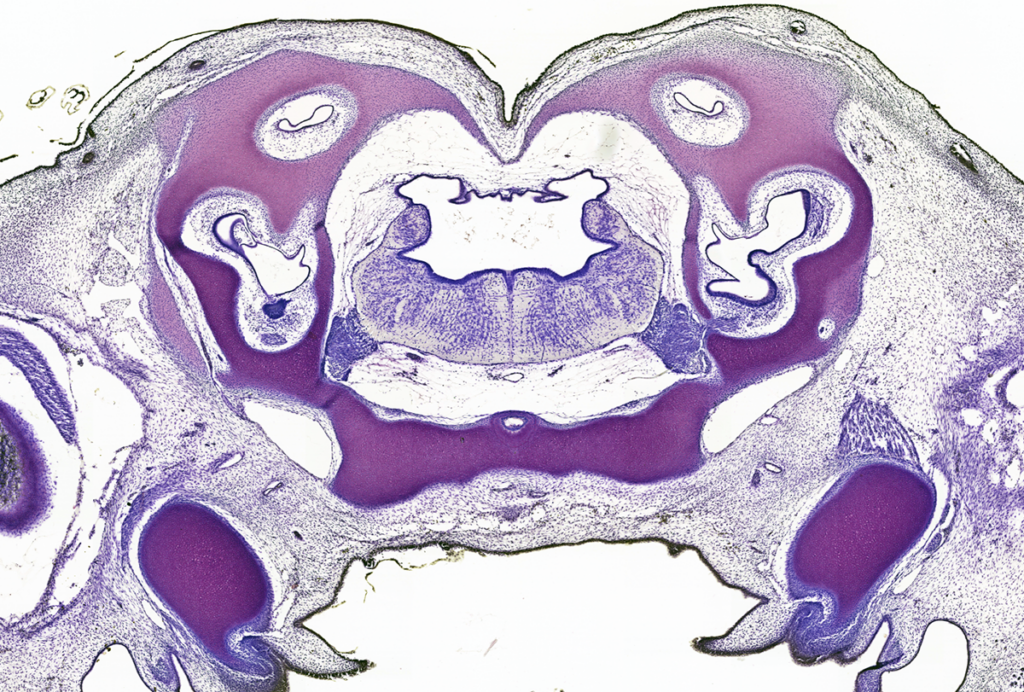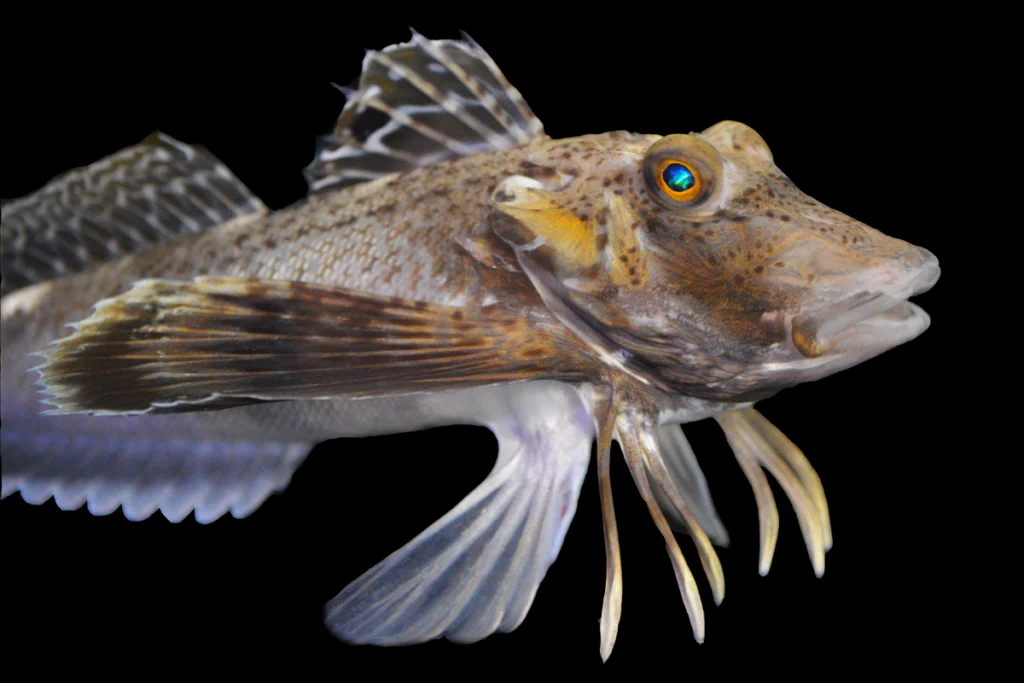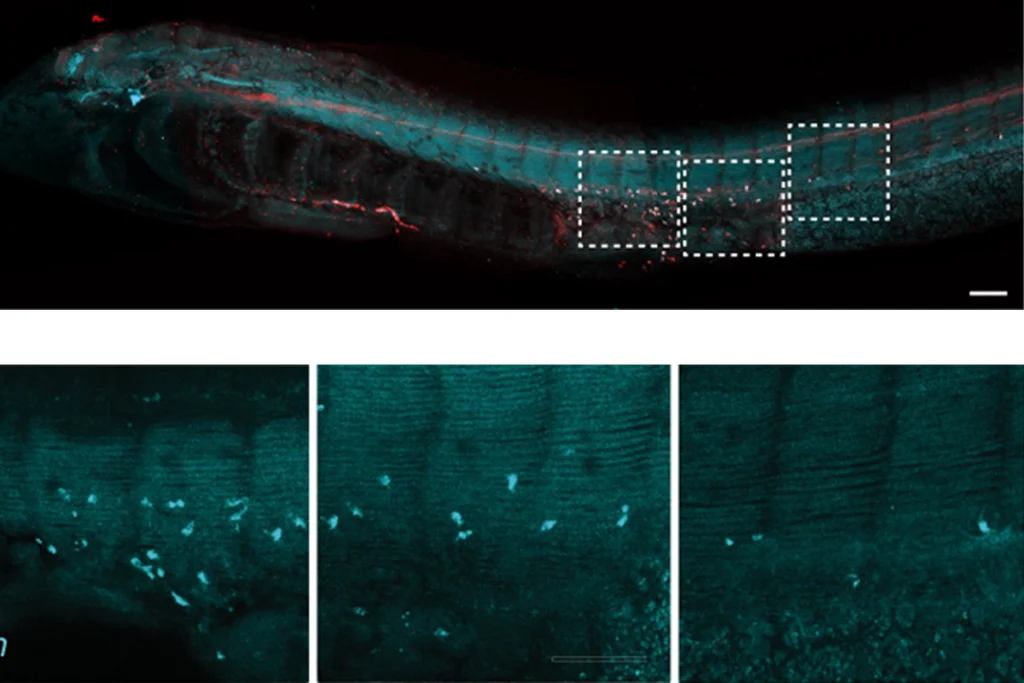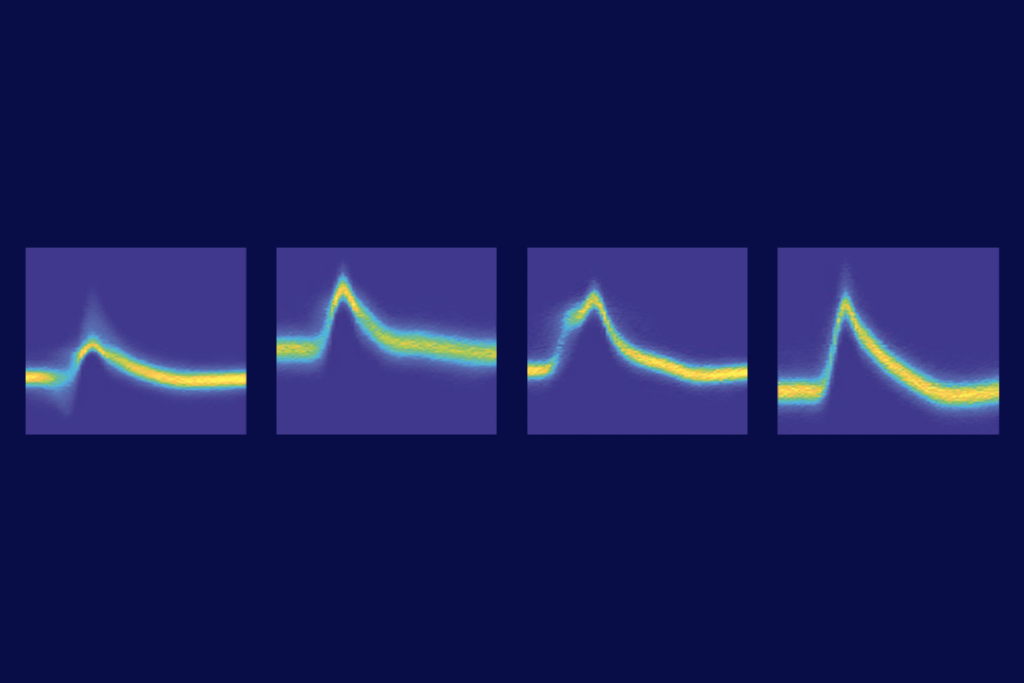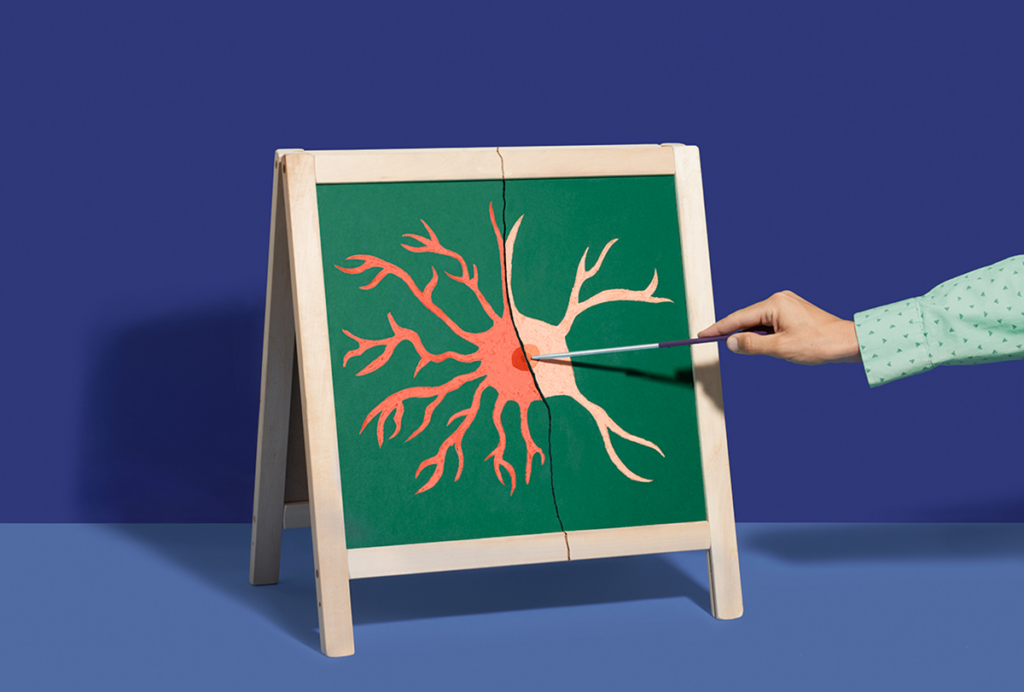Crows, ravens and other birds in the Corvidae family have a head for numbers. Not only can they make quantity estimations (as can many other animal species), but they can learn to associate number values with abstract symbols, such as “3.”
The biological basis of this latter talent stems from specific number-associated neurons in a brain region called the nidopallium caudolaterale (NCL), a new study shows. The region also supports long-term memory, goal-oriented thinking and number processing.
Discovery of the specialized neurons in the NCL “helps us understand the origins of our counting and math capabilities,” says study investigator Andreas Nieder, professor of animal physiology at the University of Tübingen.
Until now, number-associated neurons — cells that fire especially frequently in response to an animal seeing a specific number — had been found only in the prefrontal cortex of primates, which shared a common ancestor with corvids some 300 million years ago. The new findings imply that the ability to form number-sign associations evolved independently and convergently in the two lineages.
“Studying whether animals have similar concepts or represent numerosity in ways that are similar to what humans do helps us establish when in our evolutionary history these abilities may have emerged and whether these abilities emerge only in species with particular ecologies or social structures,” says Jennifer Vonk, professor of psychology at Oakland University, who was not involved in the new study.
C
orvids are considered especially intelligent birds, with previous studies showing that they can create and use tools, and may even experience self-recognition. Nieder has studied corvids’ and other animals’ “number sense,” or the ability to understand numerical values, for more than a decade. His previous work revealed specialized neurons in the NCL that recognize and respond to different quantities of items — including the number zero. But he tested the neurons only with simple pictures and signs that have inherent meaning for the crows, such as size.In the new study, Nieder and his team trained two crows to peck a touch screen one to five times, corresponding to the number of dots or a numeral shown briefly on the screen. To succeed at the task, which the crows did, the birds had to learn to create sign associations with the numerals.
“Such semantic associations require not only memory function but also information about numerical quantity,” Nieder says. “The NCL shows these requirements, as it is not only engaged in memory functions but also constitutes a key area for numerical processing in the avian endbrain.”
One aspect of “number sense” is comparing numerical values to determine which is larger. In this study, Nieder’s team tasked the same two crows to match abstract numerical values to the appropriate number of pecks, which the crows did easily, suggesting they possess the neural flexibility to compare numerical values.
Electrode recordings of the crows’ neuronal activity in the NCL during this task tallied 133 number-specific neurons, subsets of which fire more frequently in response to their preferred number than to other numbers. Most of those neurons responded to dots and numerals similarly, suggesting that they encode the numerical values associated with both types of signs. The results were published in Proceedings of the National Academy of Sciences in October.
Being able to represent numbers “enhances an animal’s ability to exploit food sources, hunt prey, avoid predation, navigate in its habitat and persist in social interactions,” Nieder says. These survival skills are especially important for crows and other corvids as they have evolved to thrive in urban areas, he adds.
“Crows are known for their ability to solve problems related to urban living, such as using tools to extract food from hard-to-reach places or understanding traffic patterns to avoid collisions,” says Benjamin Ashton, a postdoctoral fellow at Macquarie University, who was not involved in the new study. “Investigating the neural processes involved in these tasks helps researchers understand the crows’ cognitive adaptations and how this helps them navigate the complex and dynamic environments found in urban areas.”
